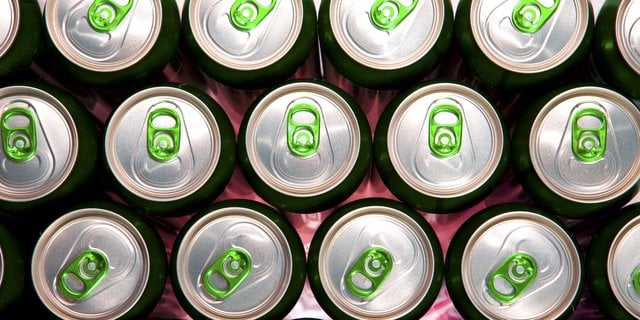
From lightweight bottle designs to the growing adoption of single-use beverage sachets, beverage brands (even beer brands) are minimizing materials for packaging that offers greater cost and sustainability. But how can brand owners know the best approach to take for their product, and what precautions should be considered in order to maintain structural integrity and a positive consumer experience?
Craft beer companies will likely ask themselves these questions and more as they consider new formats and materials that appeal to consumers. In the search for the right answers, these brands and their manufacturing and packaging partners can seek the exclusive insight available at PACK EXPO East 2018 (April 16-18, Pennsylvania Convention Center, Philadelphia). Produced by PMMI, the Association for Packaging and Processing Technologies, PACK EXPO East will display advancements in beverage industry trends, including lightweight packaging. Tom Egan, vice president of Industry Services at PMMI, speaks on the demand for lightweight packaging, its benefits and its challenges.
What is driving the rising demand for lightweight packaging in beverage?
Egan: According to a recent report on the global beverage packaging market by Technavio, demand for lightweight packaging is among the three leading market trends. It is a way for brands to reduce the environmental impact of packaging and save on costs. It encourages recyclability and, furthermore, supports brand owners’ efforts to provide greater convenience for consumers. They want an option that is light and compact. Consumers don’t want to carry dead weight around if they don’t need to — it’s all about convenience and portability for the buyer.
What precautions should be considered in order to maintain structural integrity and ensure a positive consumer experience?
It is critical that brands not compromise the structural integrity of packaging as they transition to lighter materials. The product needs to be appealing, sustainable and — most importantly — uphold product quality. This is vital, because the way the packaging looks once it reaches the store shelf directly impacts how consumers perceive the product and overall brand. A manufacturer will need to consider whether they will have to use pallets or cartons during shipment so their products are protected. For this reason, it is crucial to approach this process as efficiently as possible so that it is indeed a sustainable and cost-effective shift.
Can you provide any examples of successful lightweight packaging currently on the market?
Over the years, many beverage brands have transitioned from glass bottles to PET for its recyclability and lightweight characteristics. Other brands are turning to carton-based packaging formats to support sustainability efforts and simply differentiate themselves from competitors. Carton-based packaging is popular among coconut water brands and recently, the trend has caught up to purified water. The Michigan-based company Boxed Water was established in 2009, and its carton-packaged water can now be found all over the United States. Boxed Water packages purify water into flat-packed cartons made of 100 percent recycled materials. In addition to the sustainability attribute, consumers are into trends. A distinct design, format or material for a specific beverage will often influence their purchasing decisions.
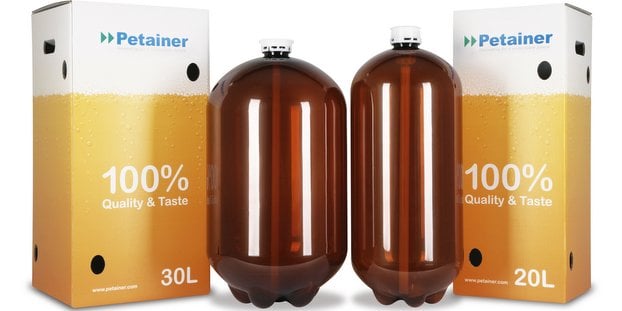
How else can current formats and materials implemented for beverage products benefit brands and their consumers?
Changing the format and materials for beverages can be very important, as many beverage products on the market can actually benefit from packaging updates. Depending on the type of packaging used, the beverage is protected by barriers to sunlight and oxygen. This protective layer helps preserve both freshness and flavor longevity. Consumers are willing to pay a little bit more if they know that they are getting added value. Some brands, like Gatorade, are now expanding their beverage packaging to include pouches in addition to a regular bottle format. This makes the product slimmer, lightweight and convenient for on-the-go use. Even though this new format is sustainable, it’s not the main reason why they are on the rise. Beverage pouches give companies flexibility to get creative with their packaging, and that adds value to their brands. They are able to use enhanced graphics on their products, which will make them stand out on a shelf from other brands.
How does lightweight packaging affect equipment and machinery? Are there changes that need to be made to the supply chain other than material and design?
When product packaging shifts to a new format or material, it often requires changes to the production line. For example, if a brand switches from a glass container to PET, modifications to the speed and handling of the line are necessary to compensate for the changes in weight and rigidity. Whether they entail an investment in new equipment or simple adjustments to existing equipment, implementing these modifications can prove to be cost-effective and beneficial for brands long-term. The investment in this new equipment will also pay off as other parts of the supply chain become more efficient and sustainable.
Is there a one-for-all solution out in the market in terms of material?
It is important that brand owners evaluate the needs and goals of their business and identify the best fit for their brand. However, based on the Global Packaging Trends 2017 Report by PMMI, PET packaging is on the rise. The flexibility that PET provides in form and size for beverages makes it a desirable package for manufacturers. Its recyclability also meets consumer demand for sustainable packaging. The versatility, innovation and design that PET offers makes it a differentiator from other types of packaging materials. PET is already seeing growth in six regions of the world, and this growth is expected to continue as it provides manufacturers and consumers significant benefits.

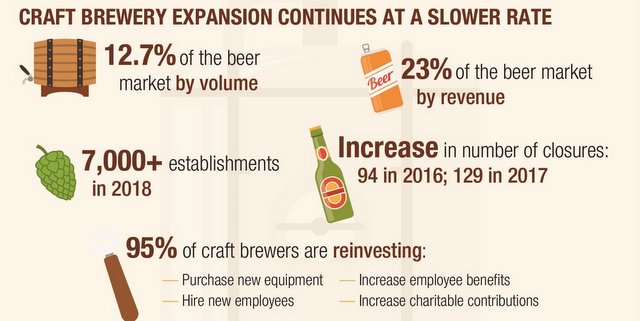
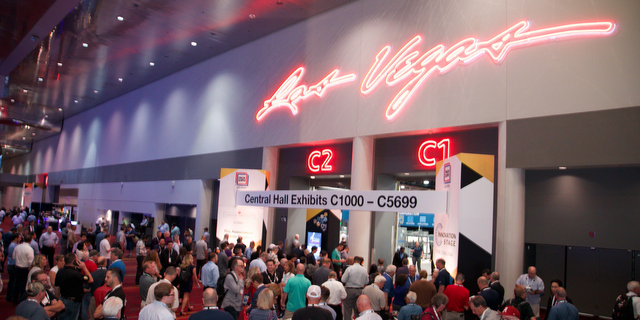
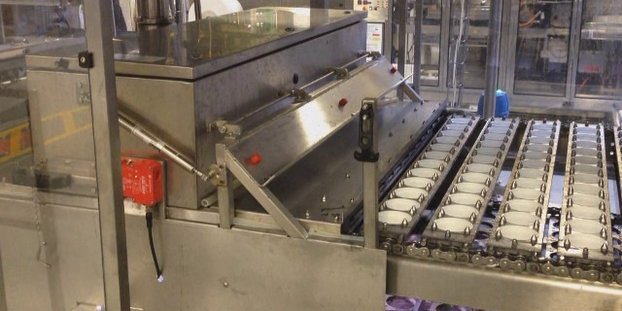
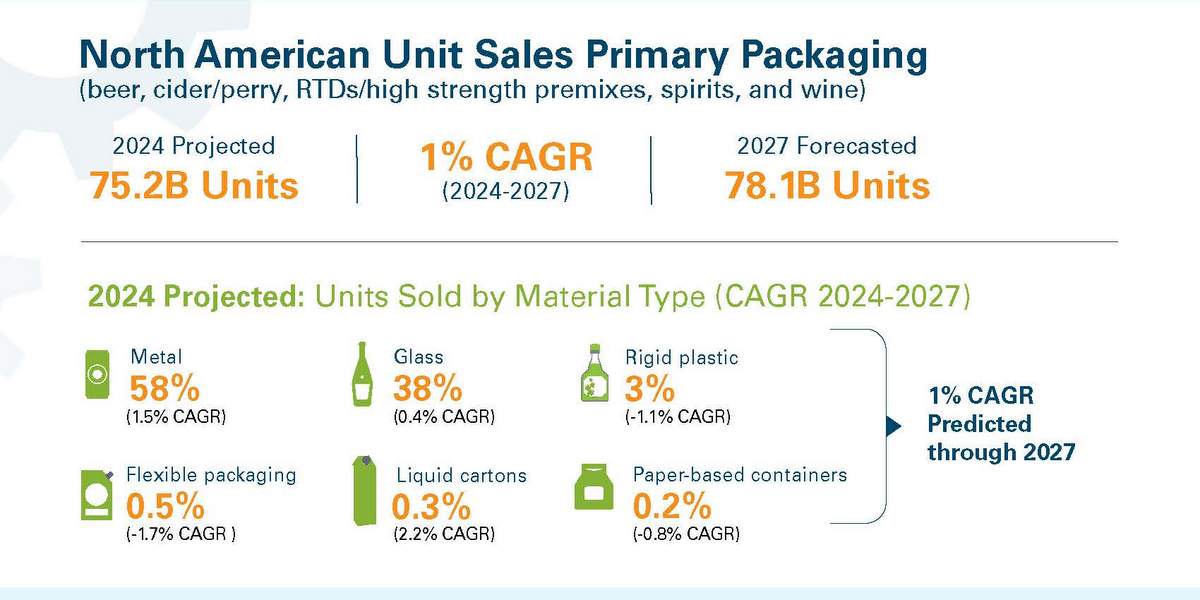
Leave a Reply
You must be logged in to post a comment.